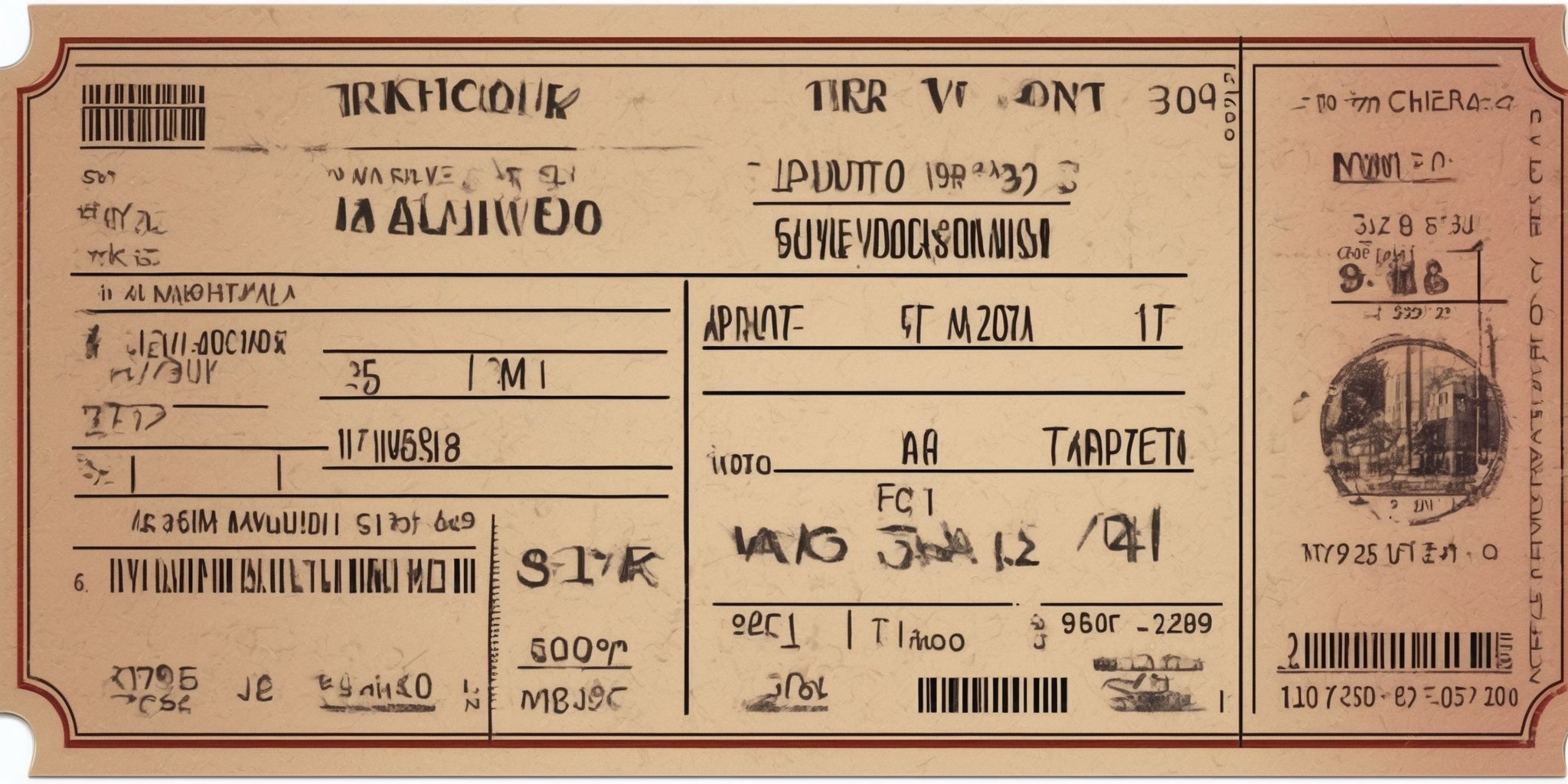Decoding Credit Card Interest Rates: How to Minimize Costs
Are you one of those people who only glance at the fine print when signing up for a credit card? If so, don't worry, you're not alone. Most of us tend to overlook the interest rates associated with our credit cards, inadvertently diving into a financial labyrinth of unnoticed costs. But fear not! Decoding credit card interest rates might sound daunting, but it's actually simpler than you think.
In this article, we'll unravel the mysteries behind these rates and arm you with savvy strategies to minimize costs. So, sit back, relax, and get ready to save those hard-earned dollars!
Understanding Credit Card Interest Rates
What are credit card interest rates?
Credit card interest rates refer to the cost charged for borrowing money on your credit card. It is the percentage charged on the outstanding balance if you don't pay it off in full by the due date. The interest rate is determined by various factors, such as your credit score, the type of credit card, and the balance calculation method. Understanding credit card interest rates is important because it affects the total cost of your debt over time.
By comparing rates, you can find a card that offers lower interest and potentially save money. It's crucial to be aware of how credit card interest works to make informed decisions about borrowing.
How are credit card interest rates determined?
Credit card interest rates are determined based on a combination of factors. One significant factor is the cardholder's creditworthiness and credit score. People with higher credit scores often qualify for lower interest rates.
Additionally, the type of credit card can influence the interest rate.
For example, rewards cards may have higher rates to offset the cost of rewards programs. Balance calculation methods, such as average daily balance or two-cycle billing, also play a role in determining rates. Introductory rates and promotional offers can temporarily lower rates, but they may increase after the promotional period ends. Understanding these factors can help individuals make informed decisions when managing their credit card interest rates.
Factors Affecting Credit Card Interest Rates
Credit score and creditworthiness
Your credit score and creditworthiness greatly impact the interest rate you'll be offered on credit cards. Lenders consider borrowers with higher credit scores as less risky and will typically offer them lower interest rates. On the other hand, individuals with lower credit scores may be offered higher interest rates or even be denied credit altogether.
Maintaining a good credit score by paying bills on time, keeping credit utilization low, and managing debts responsibly can help you qualify for lower interest rates.
For example, a borrower with an excellent credit score might qualify for a credit card with an interest rate of 15%, while someone with a lower credit score may be offered the same card with a rate of 25%. Improving your creditworthiness can save you significant amounts of money in interest charges.
Type of credit card
Type of credit card is an important factor that can influence your credit card interest rates. Different types of credit cards come with varying interest rate structures and features. For instance, rewards credit cards often have higher interest rates compared to basic credit cards. Similarly, premium or luxury credit cards may offer lower interest rates but require a higher credit score to qualify. Selecting the right type of credit card can be instrumental in minimizing interest costs.
By understanding your spending patterns and financial goals, you can choose a credit card that aligns with your needs and offers competitive interest rates. This way, you can optimize your credit card usage and reduce the overall cost incurred through interest charges.
Balance calculation method
- The balance calculation method is an important factor in determining the amount of interest you'll pay on your credit card.
- Different credit card issuers use different methods, such as the average daily balance, the daily balance, or the previous balance.
- The average daily balance method calculates interest based on the average of your balance each day during the billing cycle.
- The daily balance method calculates interest based on the balance on each day of the billing cycle.
- The previous balance method calculates interest based on the balance at the end of the previous billing cycle.
- Understanding which method your credit card issuer uses can help you estimate your interest charges and plan your repayments accordingly.
- Be aware that the balance calculation method can significantly impact the cost of carrying a balance on your credit card.
Introductory rates and promotional offers
Introductory rates and promotional offers play a significant role in managing credit card interest. They are often used by credit card issuers to attract new customers or encourage existing ones to make purchases. These offers typically provide a lower or even zero percent interest rate for a specific period, allowing cardholders to save on interest charges.
Here are some practical ways to take advantage of these offers to minimize credit card interest:
- Look for cards with introductory 0% APR on purchases or balance transfers.
- Use the promotional period to pay off existing high-interest debt without incurring additional interest.
- Be aware of the duration of the promotional offer and any fees associated with it.
- Consider whether the credit card's regular interest rate after the promotional period is competitive.
By being strategic with introductory rates and promotional offers, cardholders can minimize interest costs and make the most of their credit card usage.
Penalties and fees
Penalties and fees can significantly impact the interest costs associated with credit cards. It's important to be aware of these factors to minimize your expenses. Here are some key points to consider:
- Late payment fees: If you miss your payment due date, credit card issuers may charge a fee. Set up payment reminders or automatic payments to avoid late fees.
- Overlimit fees: Some credit cards charge a fee if you exceed your credit limit. Monitor your spending to stay within your approved limit.
- Balance transfer fees: When transferring a balance from one card to another, there might be a fee involved. Compare different cards to find ones with lower or no balance transfer fees.
- Cash advance fees: Using your credit card for cash advances typically incurs higher interest rates and additional transaction fees. Avoid cash advances whenever possible.
Understanding and avoiding these penalties and fees can help you reduce the overall cost of credit card interest.
Strategies to Minimize Credit Card Interest
Shop around for lower interest rates
Shop around for lower interest rates by comparing credit cards available in the market. Different credit card issuers offer varying interest rates, so taking the time to research can save you money in the long run. Look for credit cards with competitive APRs and consider balance transfer options if you have existing high-interest debt. By exploring different options, you can find a credit card with a lower interest rate that better suits your needs.
Remember to read the terms and conditions carefully before making any decisions to ensure you understand any potential fees or limitations.
Pay off your balance in full
Paying off your credit card balance in full each month is a smart way to minimize credit card interest. By clearing your balance, you avoid carrying over any debt and accruing interest charges. This strategy allows you to effectively use your credit card as a convenient payment tool without incurring additional costs.
For example, if you make a $500 purchase on your credit card with a 20% interest rate, paying off the full balance means you won't have to pay an extra $100 in interest over time. It's a simple but effective approach to avoid unnecessary interest expenses.
Transfer high-interest balances
Transfer high-interest balances to lower interest rate credit cards to save on interest charges. Look for credit cards that offer promotional balance transfer rates, usually with an introductory 0% APR for a certain period. By transferring your balance from a high-interest card to a low or no-interest card, you can reduce the interest you pay on your debt. Keep in mind that balance transfer fees may apply, but they are often lower than the interest you would pay on the higher rate card.
Research different credit card options and compare their balance transfer terms to find the best option for your financial situation.
Take advantage of promotional offers
Take advantage of promotional offers. Credit card companies often provide promotional offers with low or 0% introductory interest rates for a limited time. This can be beneficial if used strategically.
For example, if you have a high-interest balance on another credit card, transferring it to a new card with a promotional offer can save you money on interest. However, be mindful of the terms and conditions, such as balance transfer fees or the duration of the promotional period. By taking advantage of these offers wisely, you can minimize your credit card interest and potentially pay off your debt faster.
Negotiate with your credit card issuer
Negotiating with your credit card issuer can help you secure better interest rates. Call your issuer and explain your desire for a lower rate, backed by your good payment history or offers from competing cards. Emphasize your loyalty as a customer and the potential to transfer your balance if they don't accommodate. Highlight any promotional offers available to new customers, as issuers may extend similar deals to retain existing ones.
Remember to be polite and persistent, as reaching out multiple times might yield better results. With successful negotiations, you can significantly reduce your credit card interest payments.
Avoid cash advances
Cash advances on credit cards often come with high interest rates and additional fees, making them an expensive way to borrow money. When you take a cash advance, interest starts accumulating immediately, without any grace period. This means that even a small amount can quickly accumulate a substantial interest charge. For example, if you withdraw $500 using a cash advance with a 25% interest rate, you could end up paying over $100 in interest in just one year. To minimize costs, it's best to avoid cash advances altogether. Instead, consider alternative options like using a debit card, taking out a personal loan, or budgeting for expenses in advance.
Monitor your credit card statements
Monitor your credit card statements regularly to identify any discrepancies or unauthorized charges. By keeping a close eye on your statements, you can catch potential errors early on and report them to your credit card issuer, avoiding unnecessary interest charges. Look out for any unusual activity, such as unexpected fees or unfamiliar transactions, which may indicate fraudulent activity.
Remember to review the interest charges applied to your account and ensure they align with the agreed terms. Taking the time to review your statements can help you stay on top of your credit card interest and maintain financial control.
Final thoughts
Credit card interest rates can be a confusing topic for many consumers. This article provides valuable insights on understanding and minimizing credit card costs. By breaking down complex concepts, readers are empowered to make informed decisions when it comes to managing their credit card debt.
The article offers practical tips and strategies to minimize interest charges, such as paying off the balance in full each month, negotiating for a lower rate, and transferring balances to lower-interest cards. By taking these proactive steps, consumers can effectively minimize the costs associated with credit card interest rates, ultimately saving money and gaining financial control.


